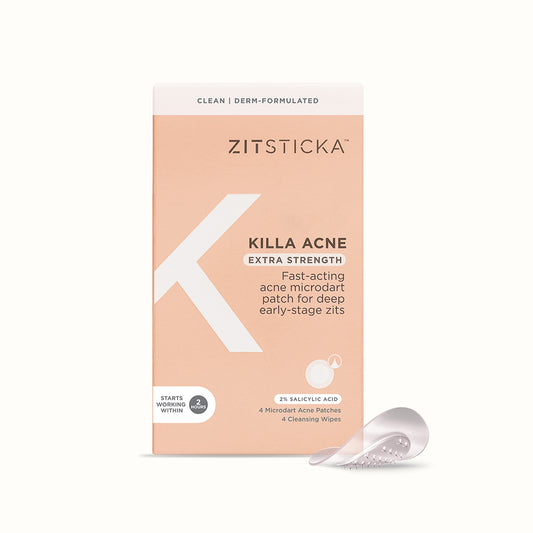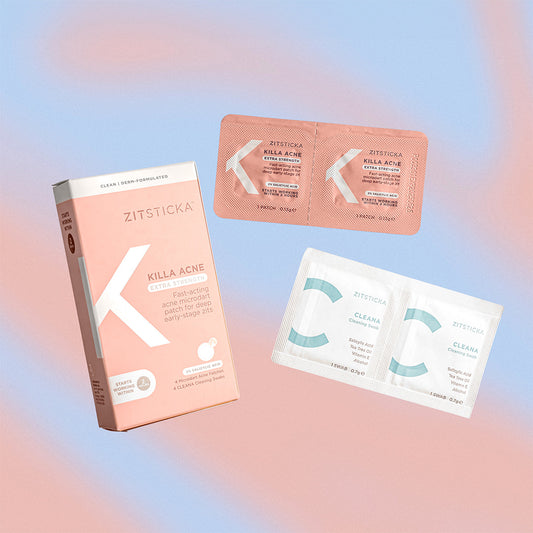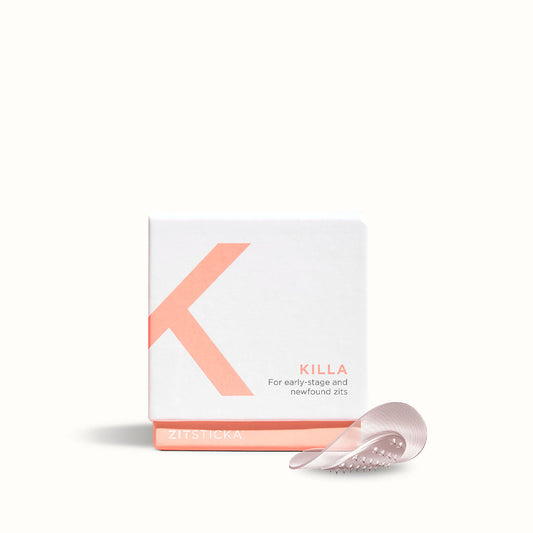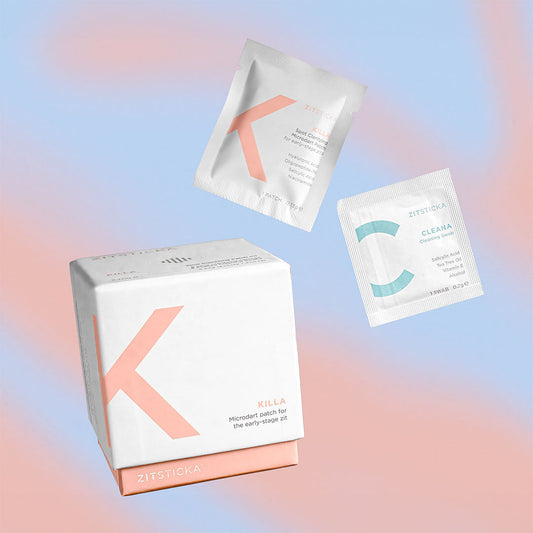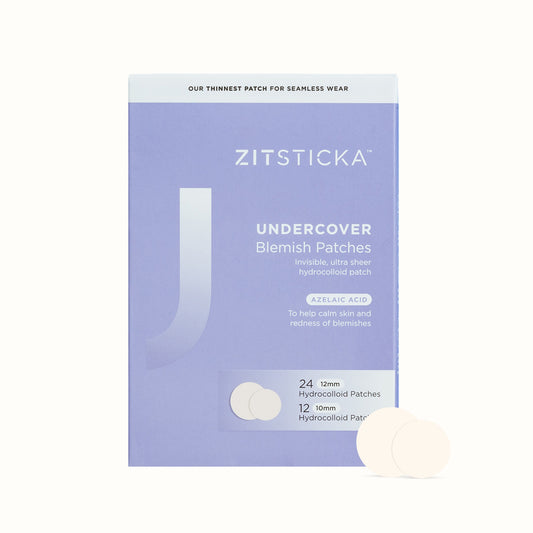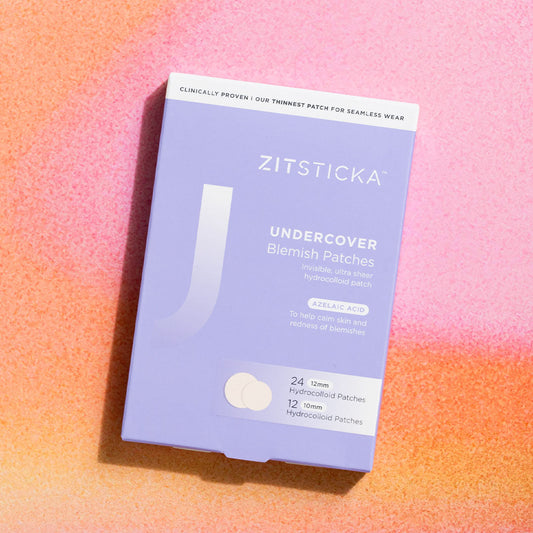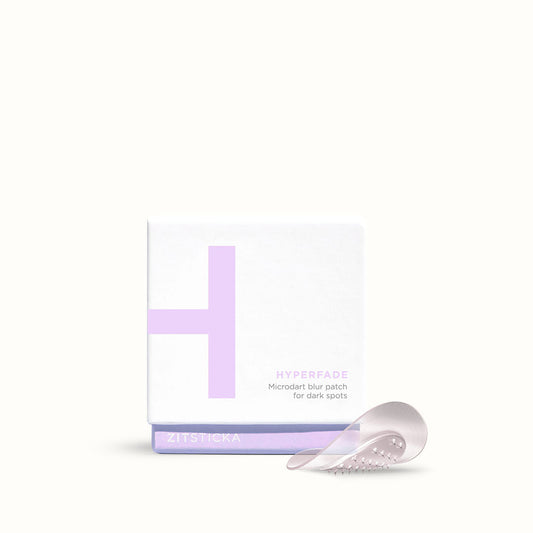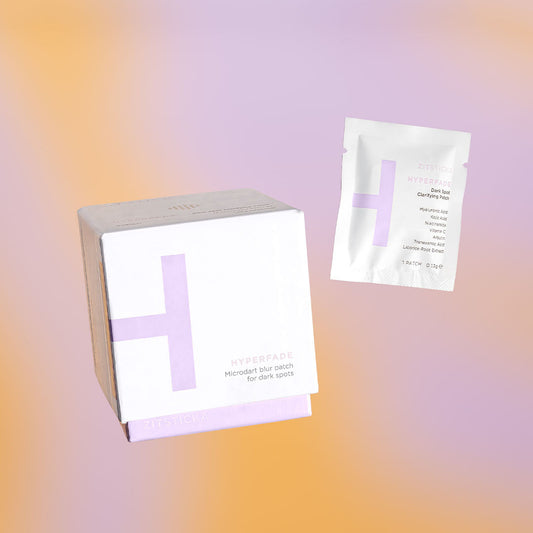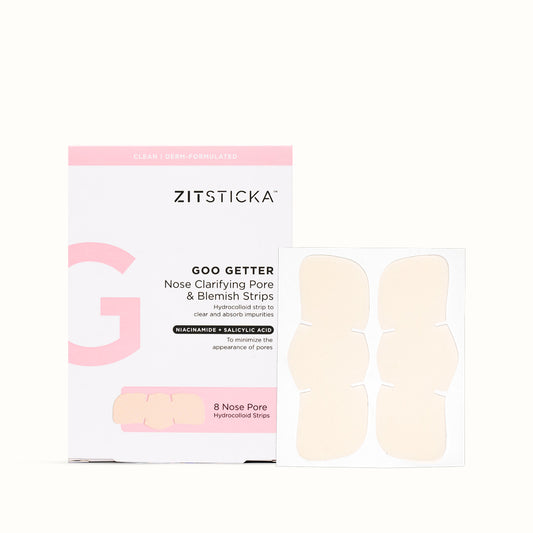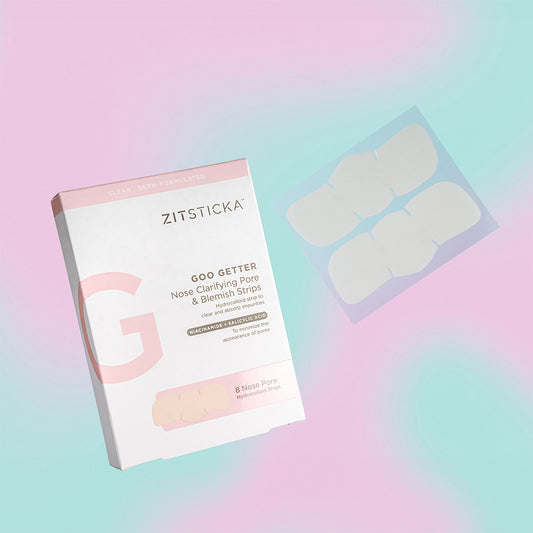By: Patsy Chem
When It comes to acne, the deep-set, blind form is by far the most severe, painful and persistent. Throughout my teens I had only ever experienced acne’s milder iterations—the odd pimple around my period, the stubborn little blackheads on my nose, a stress breakout here and there. Although, at the time I always thought I had ‘problem skin’ even though my skin was generally zit-free. Growing up in the early 2000’s, all my role models were portrayed with perfectly clear complexions which really affected my confidence; I wish I could have realized at the time that my skin was completely normal and in hindsight I really could have appreciated it more.
That being said, after having lived through my teens fairly unscathed I still considered myself ‘lucky enough’ to never have experienced severe breakouts. And never would I have expected what followed. Around the age of 23—to my disbelief!—I started seeing little unfamiliar bumps forming on my cheeks, an area that had previously always been clear. These bumps eventually formed into deep, underground zits that spread around my face like wildfire and they marked the beginning of my battle with severe acne. In the space of a few months I felt that I looked unrecognizable, my confidence was shattered and I started avoiding mirrors and wearing full coverage makeup quite literally 24/7 (I used to sleep with it on when staying the night at my friend’s). This was completely uncharted territory for me and what followed was a debilitatingly difficult year in terms of my mental health—something I was completely unprepared for.

I can’t say I was ever a skincare enthusiast prior to getting cystic acne—I remember the first time I got excited about it was in my late teens when my cousin introduced me to Korean cleansing balm and I began using it religiously. But when I was faced with deep, painful breakouts I really didn’t know where to start. It was so overwhelming. I didn’t know whether I should pop them or leave them, how to cleanse or what moisturizer to use—I needed answers and I needed them fast. I was obviously turning to doctor Google and was trying everything from celery juice every morning, to the clay masks, to various supplements that were claiming to be the next *miracle* cure.
Around this time I also began spending a lot of my time watching Youtube videos of people like me who were trying different remedies. I was reading skincare articles and following acne-positive creators on social media. After a lot of trial and error and while not being able to afford a nutritionist, I soon discovered that not only am I able to internally heal with diet and stress management, I am also able to externally manage my breakouts with proper skincare and with a little extra help from something called KILLA. First off, the name really excited me—the promise of exterminating my zits: Where do I sign?! But once I read about the science behind these patches I was completely sold. By this point I had started an Instagram page dedicated to documenting my journey and helping others and was very committed to using safe, researched ingredients that would treat the problem at its root—this is exactly what the KILLA patches offered.
I had heard of pimple patches before but not like these—these contained an entirely new technology: Little darts filled with my favorite breakout-busting ingredients (salicylic acid and niacinamide) that self-dissolve into the premature spot and deliver the ingredients straight to it. Mind-blowing. The skincare nerd inside me was more than curious, but was it too good to be true? For me, the worst thing about cystic acne isn’t how it looks but the sheer pain that comes while the spot swells its way to the surface, so the idea of having a tool that can stop the spot from appearing at all was exciting. I was hopeful.
When I finally got my hands on the KILLA patch, *drumroll please* iIt didn’t work! I was so disappointed—was I sold yet another fad product? After a little more research I discovered that this was because I hadn’t been applying the patch correctly. I didn’t realize that in order for the patch to have a full effect I had to press down firmly once I applied it and actually feel the darts on the zit! Once I mastered the technique I was able to see true results and KILLA quickly garnered its place as one of my ultimate top-shelf products. I take them with me when I am traveling and I make sure I have a good supply before my period, when my skin is most prone to hormonal breakouts.
When I am having low days with my skin I like to think of acne as a teacher—it has taught me how to truly take care of my skin and with that comes actually working in synergy with it. By that I mean really listening to what our skin is telling us—is it dry and in need of hydration? Is it a little sensitive from over-exfoliating? Is it a little oily because it’s that time of the month and in need of a clay mask? All of these can inform our daily skincare choices because after all, our skin is constantly changing and working on healing itself whether we see it or not so we must work with it in order to aid its journey. With that being said, when I use products like pimple patches, listening to my skin really comes into play—I have found that some of my early-stage spots can be reduced overnight by using one KILLA patch, while other deeper zits require two or three patches used back to back to ensure the spot never reaches the surface. I love using this method because it ensures that even those big undergrounders—that have the potential to reside on my face, rent-free for the best part of a month—can be stopped in their tracks. And what’s more; the hyperpigmentation left behind is minimal compared to when I don’t use the KILLA patch.
Now that my breakouts are farther and fewer between, I am finally able to control future zits and even block hyperpigmentation from occurring with this little patch—and that, to me, is game changing.

Why is KILLA better than lookalike patches? Click here for the 411.

